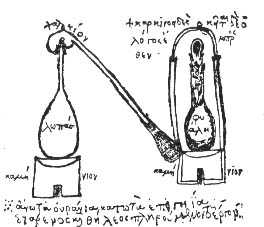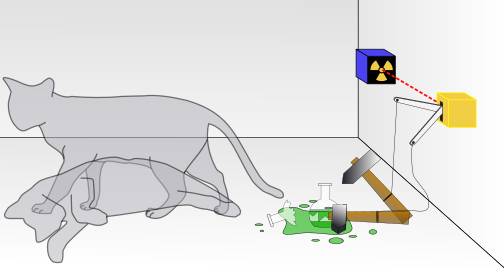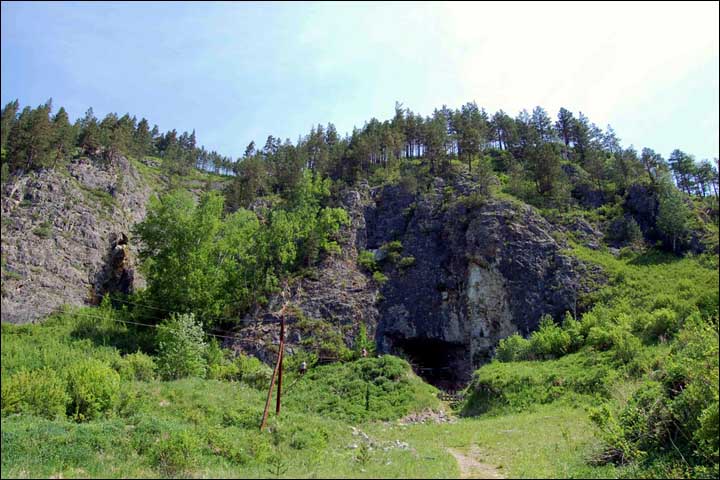A few days ago I posted a comment
on
Pharyngula and duplicated it on this blog under the title
Burkhard Neidecker-Lutz commented in considerable detail and my reply is given below. It will be interesting to see how this develops.
You
may be surprised by what I can be interested in :-). And yes, curiosity is a
very useful emotion to keep oneself motivated. But it is not even half what you
need for doing science. So onto your approach.
I think we would both
agree that there is no satisfactory published model of how electrical activity
at the neuron level is converted to human intelligence.
Short summary: no,
I would disagree (with lots of caveats).
Long version.
Seriously long.
There is an awful
amount of stuff packed into that sentence of yours. First the part where we
agree.
There is electrical
activity at the neuron level, plenty of wiring and connections and at the
highest level we agree that the whole system exhibits a stunning number of
behaviours we call “intelligent”.
If you mean by your
statement that we do not have a concise, simple unifying theory on how you get
from the former to the (ill-defined, let’s do that below) latter, then, yes, I
agree.
I was talking very specifically about your last meaning –
and your reference to the book by Jeff Hawkins
On
Intelligence is very helpful. I had not read it before, although I
had picked up quite a few of the ideas from other sources. The following is my
reaction, after a quick scan, and I will be re-reading his book in more detail
over the next week or so. {
See Comments on Jeff Hawkins' book "On Intelligence" for some highly critical comments.}
You and Jeff are looking at the same problem that I am
looking at, but from a completely different viewpoint. Jeff is starting from
the physical brain and asking how its components are constructed and how they
work. I fully appreciate that some very detailed and sophisticated work has
been done in this area.
My primary interest for more than 50 years is in
communicating and processing information and I am asking the top down question –
“How must neurons function in order that we think in the way we do?” What is
important to me is the meaning of the information being processed and not the
finer detail of the biological system that does the processing.
Other researchers who
has tried a top down approach have started by looking at natural language and
there have been major disputes, for instance around the work of Chomsky, and
they don’t seem to have reached anything like an agreed conclusion. Other researchers
(at least in the 1970/80s) studied sophisticated logical puzzles of the type
that amuse mathematics undergraduates and called it Artificial Intelligence. This
period of research is now considered by many to have not been very fruitful.
My research started accidentally in 1967 after having worked
with very complex manual and computer information processing systems. The first
steps were made when I was examining the human interfacing problems of a working
commercial system which priced orders for about 250,000 customers buying any of
about 5,000 products. This lead to the idea of a “white box” computer which
could work symbiotically with humans on large and open ended non-mathematical
problems. In effect the system is a pattern recognition system rather than the
rule based approach of the conventional “black box” computer.
What is clear to me is that Jeff’s model of what neurons can
actually do, and my model of what they need to be able to do to handle complex real
world information problems is very similar. If it is agreed that we are both
modelling the same thing it means that in 1970 I actually had a crude working
model of how humans process concepts (but not down to the neuron interface level).
However that was the year I was declared redundant because the work was not
compatible with the way my employer thought computers should be going.
I moved to a university and by 1988 I had a very much more
powerful model, but was reluctant to start shouting “Eureka” because I knew I
still had many issues to solve – and I am naturally a quiet backroom boy type
of scientist who was not interested in being in the limelight. At that time I appeared
to be close to a break-through with a working package being trial marketed and
attracting
rave reviews, and a
paper
accepted in the top UK computing journal, However I was getting exhausted from
banging my head against the computer establishment brick wall for years. At the
same time a new head of department made it repeatedly very clear he thought I
was grossly incompetent because I had not got any research money into the department
in recent years. (This was because for
some years my research had been seriously disrupted by my daughter’s illness
and eventual death.) Basically I folded and allowed myself to be declared
redundant again (but this time with a pension) and I decided to abandoned
academic life to do voluntary work helping the mentally ill.
Many years later and now very much an old age pensioner my
son sensibly asked what he should do about the piles of papers (which include
everything from the research project) should he find himself having to clear
the house. Reviewing the options he mentioned the word “skip.” As a result I
decided that I should look online to see what had happened since 1988 and
realised that my research might still be of interest. I set up a blog
www.trapped-by-the-box.blogspot.co.uk
and uploaded some of the
key
publications online. I also started to blog my ideas out loud and
quickly realised that what I had been doing could be relevant to brain
research. Comparatively recently I have worked out how CODIL (the symbolic assembly
language of the “white box” computer I was working on) could be re-interpreted
in a form that could work on a neural network, and I have also looked at the
evolutionary implications of the model.
Clearly this string of comments is not the ideal place to
discuss the matter, but if you are interested have a look at the above links
and contact me through my blog.











_Ex_Libris_rare_-_Mario_Taddei.JPG/330px-1550_SACROBOSCO_Tractatus_de_Sphaera_-_(16)_Ex_Libris_rare_-_Mario_Taddei.JPG)
















